ZK Update – DOL Publishes Updated Overtime Exemption Threshold for Salaried Employees
On Tuesday, September 24th, the Department of Labor (“DOL”) announced a final rule for its interpretation of the salaried employee exemptions from minimum wage and overtime pay requirements under the Fair Labor Standards Act. The rule, commonly known as the “EAP” exemption (Executive, Administrative, Professional), provides that employees are exempt from overtime requirements if they are 1) paid a fixed salary that, 2) meets a minimum specified amount, and 3) the employee’s job duties are primarily executive, administrative, or professional in nature.
The new rule will impact the second part of the test by increasing the minimum specified amount and is set to go into effect on January 1, 2020. The new salary threshold as set by the DOL will be $35,568, a figure which is expected to make an estimated 1.3 million additional US workers eligible for overtime pay. The figure represents a roughly $200 increase over the initial draft of the new rule. Employers are permitted to count annual bonuses which are non-discretionary, commissions, and other incentives as up to 10% of an employee’s salary for purposes of this rule. The new rule makes no changes to the job duties requirement of the overtime eligibility rule.
The new rule will also provide an update to the Highly Compensated Employee (“HCE”) test, which was created under the EAP exemption in 2004. The HCE test has a higher compensation threshold, but grants that employers have to meet less-stringent requirements for the job duties portion of the EAP test. Despite attempts to raise the amount, the HCE test has been enforced at the $100,000 level since 2004. Under the new rule, the HCE test will now be effective at the level of $107,423.



